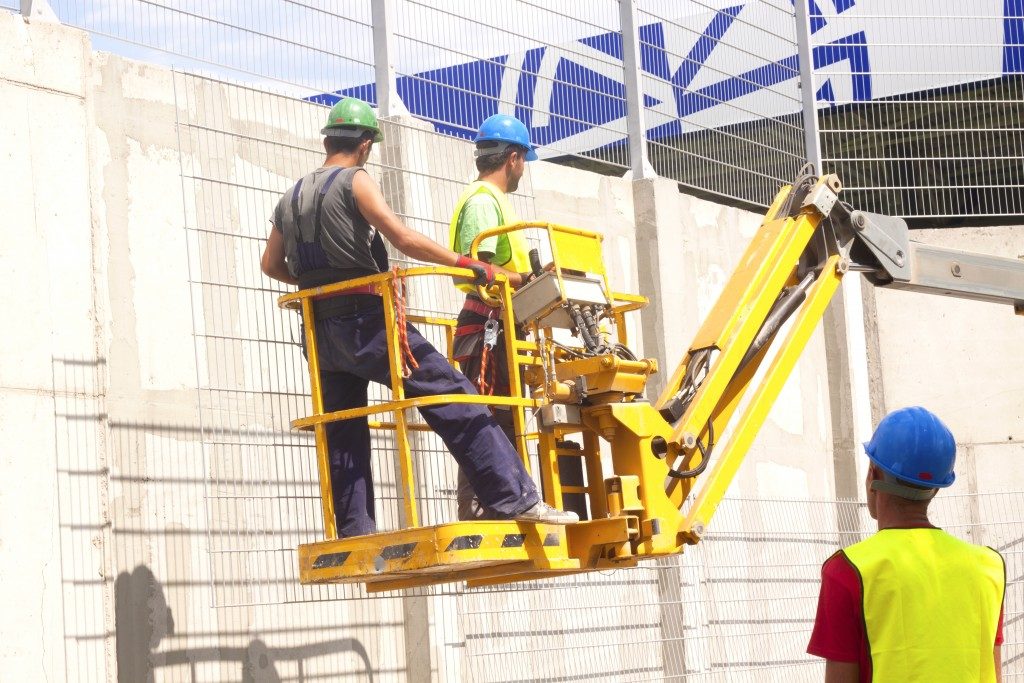Having machinery is important in many businesses. It can be one of the major factors needed to run the business. Also, it should be operated by someone who has undergone training and knows how to handle it properly. This includes using a Hydralada elevating work platform.
An elevating work platform (EWP) is a type of machinery designed for personnel to access hard-to-reach areas, typically with regards to height. It can be operated by only one person and contains other useful features such as air compressors, electrical outlets, and carrying frames.
Different types of EWPs
There are various types of EWPs commonly used by companies, each of which is equipped with specific features depending on the user’s needs.
Elevating rolling work platforms
Also known as scissor lifts, it moves only either up or down and provides additional height to the user. It has a criss-cross design that folds as it lifts up or down during operation. Scissor lifts are also used for other applications such as painting and cleaning high ceilings and gutters, and changing signage.
It has a variety of sizes you can choose from depending on how high you intend to reach. Choose this type of EWP if you need equipment to lift only up or down.
Cherry pickers
This is also known as boom lifts or knuckle booms. As the name suggests, this type of EWP is commonly used by fruit pickers and can carry as much as 200 kg worth of weight.
Cherry pickers can either be electric or diesel-powered depending on its intended usage. It is ideal for those who need additional maneuverability other than up and down lifting.
Vertical mast lifts
It is considered the smallest of all types of EWPs. Vertical mast lifts are intended only for indoor use. It only moves up and down and can work in small spaces. This type of lift is available in single and dual mast models.
Safety tips in using EWPs

As mentioned, it is important that a EWP or any kind of machinery is operated only by qualified personnel. Here are some other important safety reminders you need to consider when using a EWP.
- Use the appropriate EWP that is suitable for a specific task. You can refer to the above EWP types and their respective usage.
- Before using an EWP, make sure that is carefully inspected, monitored, and that it functions in accordance with the local safety and operation standards.
- Employees should have safety equipment such as a fall-arresting or restraint system when operating an EWP.
- For any signs of damage or malfunctioning, take the equipment immediately for repair. If it incurs major damage that cannot be fixed anymore, consider replacing the machine instead.
- Do not use the EWP outdoors during bad weather (ex. Heavy rains or strong winds).
- Make sure that there are no loose cords that may get pinched by the machinery. Also, it is important for operators to keep away from power lines while using the machine.
Using a heavy-duty machine requires training and utmost responsibility. You should follow the tips above to ensure safety while using the machinery.

